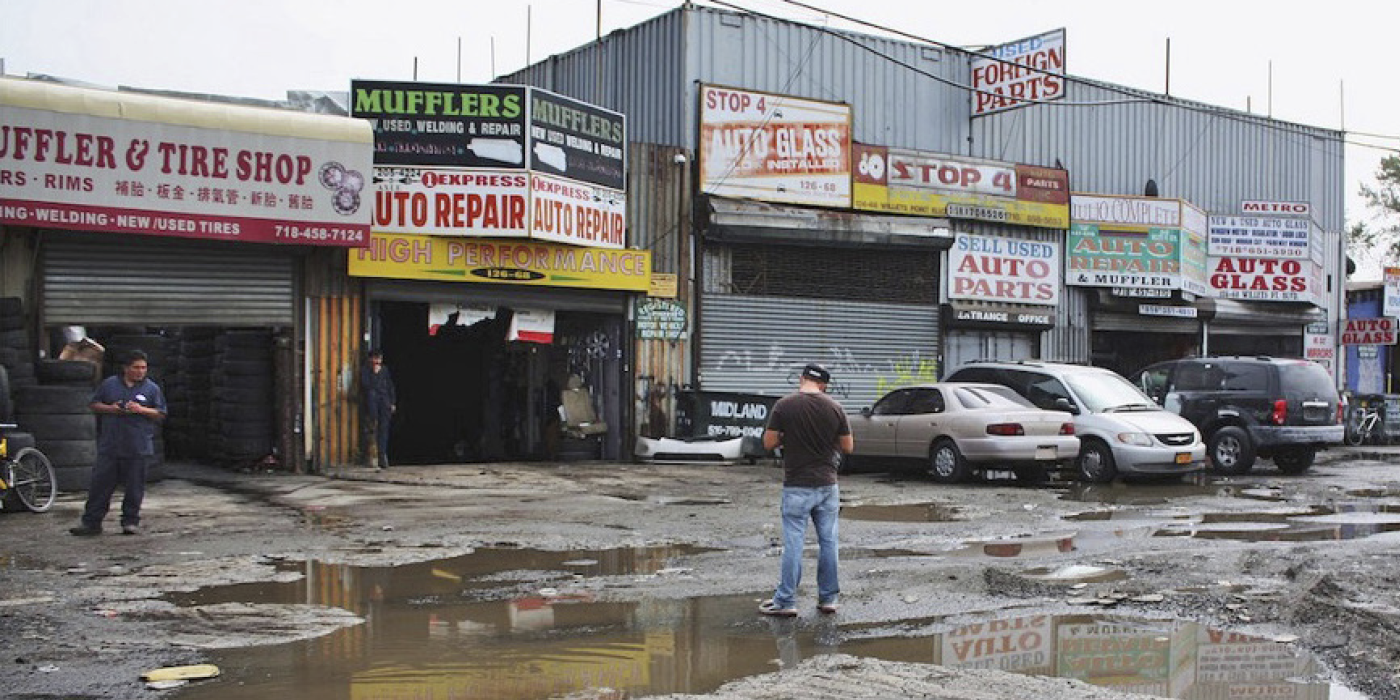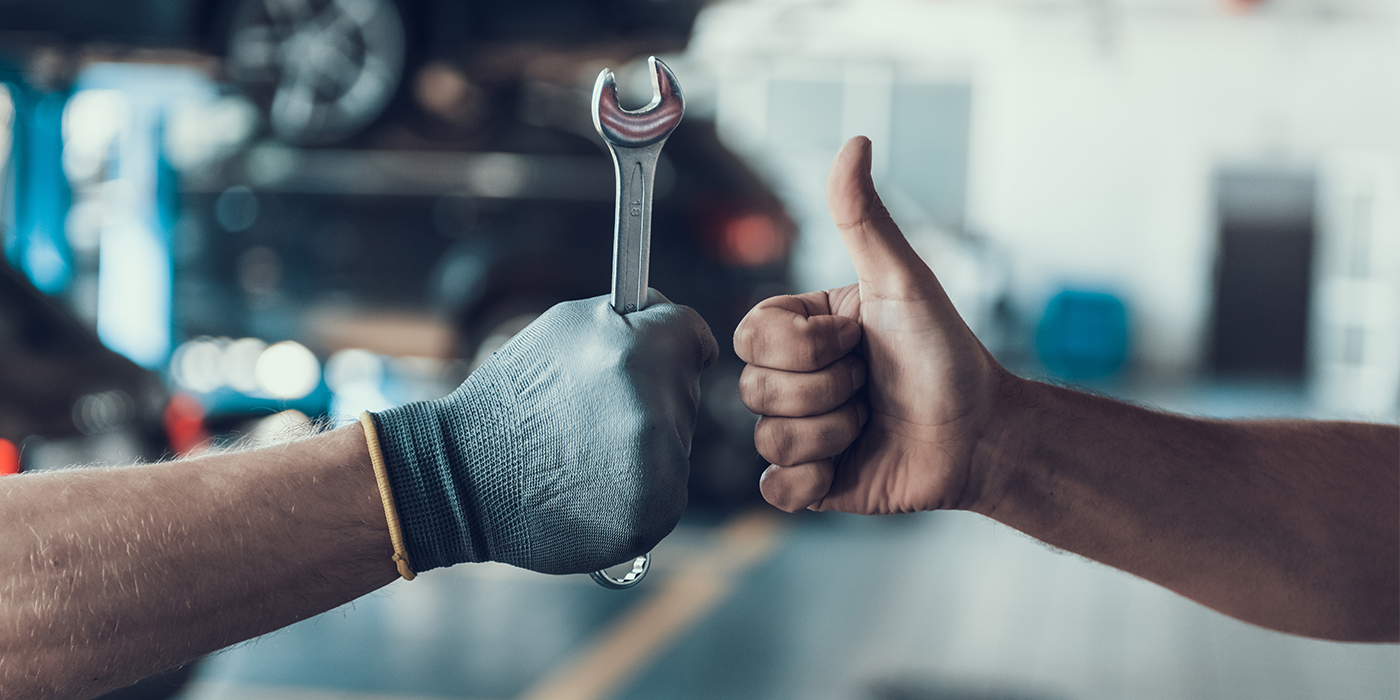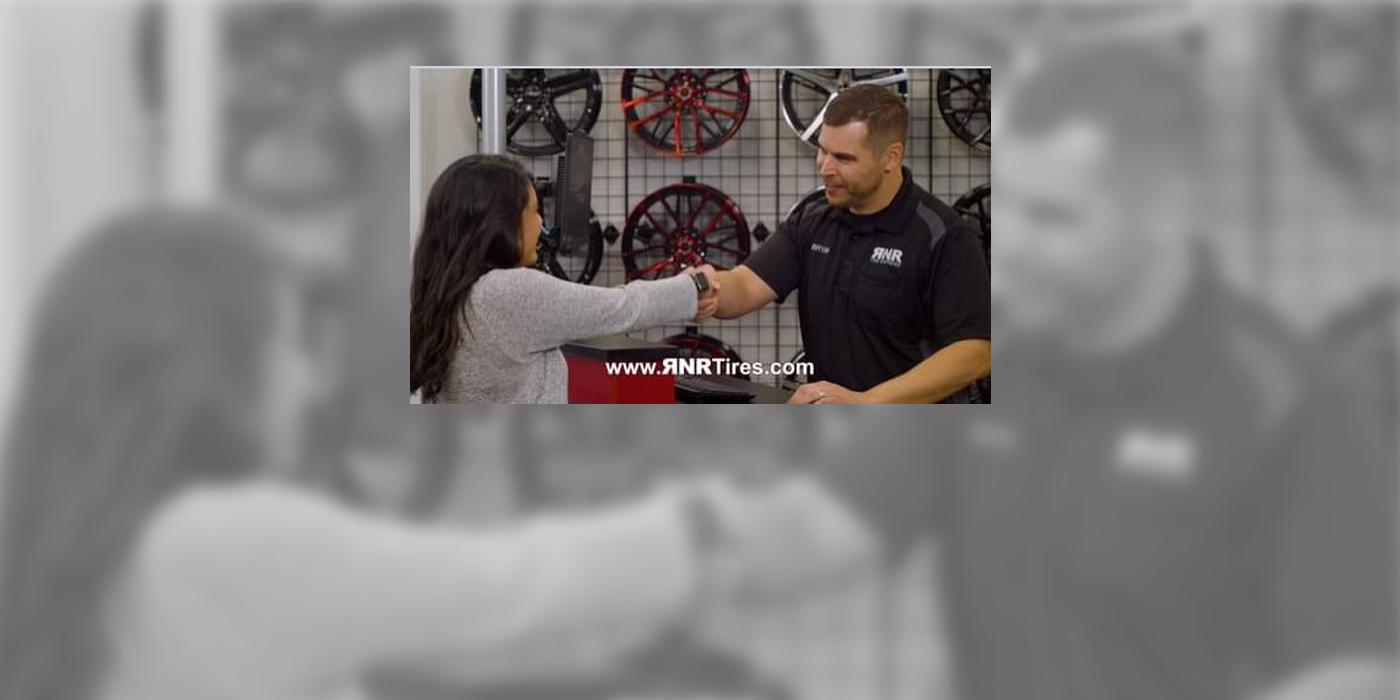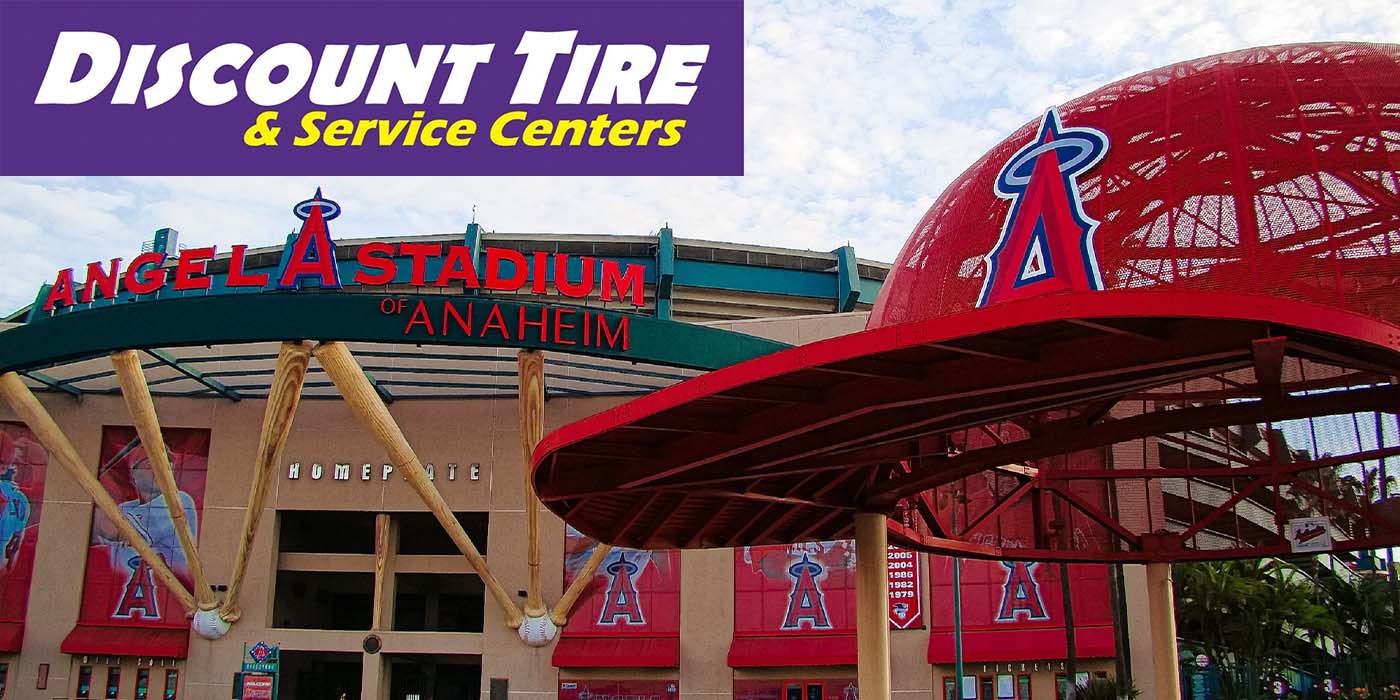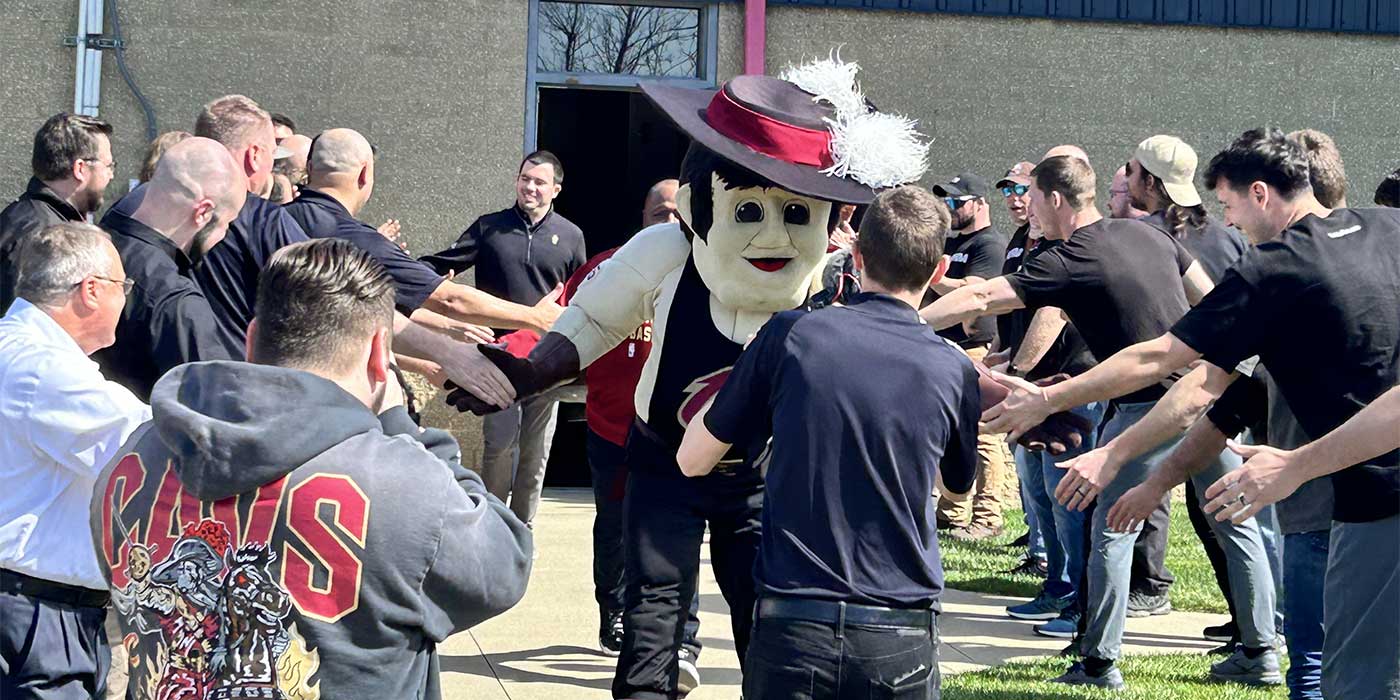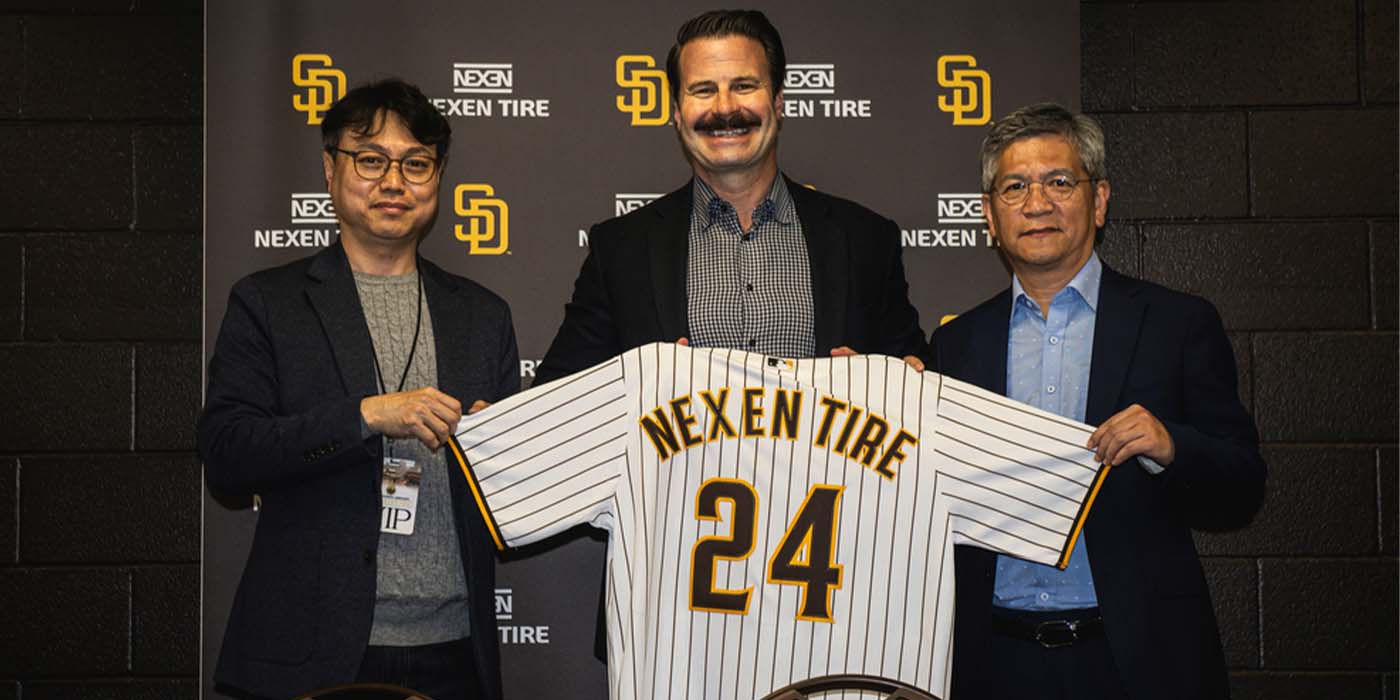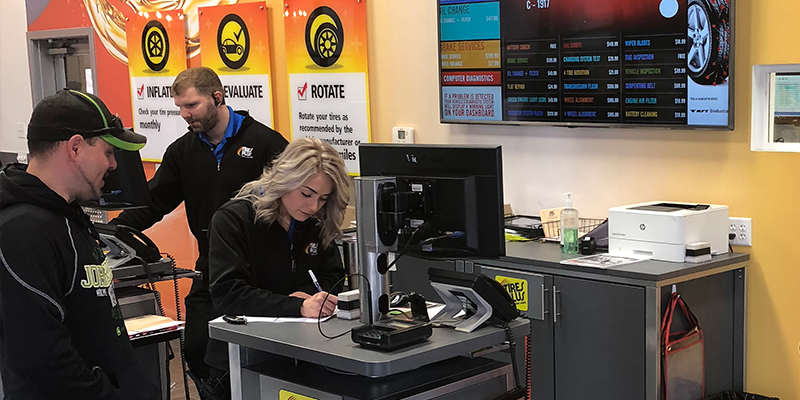
In an era of Yelp ratings and social media reviews, the retail landscape, especially for tire dealers, is changing. You’re competing with Costco, Tire Rack and even the Toyota dealer down the road to offer the fastest, easiest, cost-effective and most pain-free auto care experience. But you’re also trying to maintain your shop, keep employees up-to-date on training and study ways to increase your sales.
So how does your store stack up and stand above the rest?
In an industry that’s plagued with customer trust issues, building that confidence in your store’s service is key, according to the “Trusted Automotive Brand Study” from consumer research group C Space. Trust, it says, translates to customer loyalty, repeat business and new customers. And one way to build that trust is through your shop’s design.
To make that happen for your shop, we break down different aspects of the tire shopping experience with retail experts, tire showroom designers and tire dealers. They describe what goes into creating a positive customer experience and what it takes to make your brick-and-mortar a go-to place for buying tires.
The First and Last Stop
Craig Tate, president of Tate Boys Tire, knows that the customer experience starts and ends in the parking lot.
That’s why at his shops, his service advisors try to meet customers in the parking lot to start their experience at any one of Tate Boys’ locations in the Tulsa, Oklahoma area.
“The closer you are to the customer and their car, the more comfortable they feel when they come into our store and showroom,” Tate explains. “It’s territorial. They get uncomfortable if they’re on our terms, so we meet them in a neutral area close to their car.”
The parking lot can also reflect the type of retail experience a customer may encounter at your store, says Paco Underhill, author of internationally recognized bestseller “Why We Buy: The Science of Shopping.”
“As a store owner, it may be that you don’t take the prime spots in front of the door,” he says. “Or, it’s recognizing that if someone has to smell smoke or see cigarette butts on the ground where staff smoke, that’s not a great idea. The cleanliness and decorum in the parking lot sets the stage for the experience.”
While in the parking lot and driving by your store, a customer also gets a feel for what it looks like inside. Matt Kolton, integrated brand and retail marketing manager at Bridgestone Americas, says keeping your windows clear of clutter builds a level of transparency with customers and those who may visit your store in the future.
“We encourage dealers not to clutter up their windows with too much collateral,” says Kolton, who also heads up Bridgestone’s new Retail Showroom Program for dealers. “You want the customer to see into your location. You want to make sure they walk into your place and feel safe. Minimize that clutter and keep it bright and inviting.”
Tate says one of the rules he’s implemented to “set the stage” is that once employees set foot on store grounds, they shift into customer-focused mode. That means wearing their uniform Tate Boys Tire red shirts tucked in with a belt and changing their mentality to be focused on the customer.
“They’re part of the brand,” Tate says. “They’re part of the experience.”
Tire Shop Retail: Tips on Showroom Design | Part 2
Tire Shop Retail: Designing Your Store for Better Customer Interactions | Part 3
Tire Shop Design: Value-Added to Add to Your Waiting Room | Part 4


